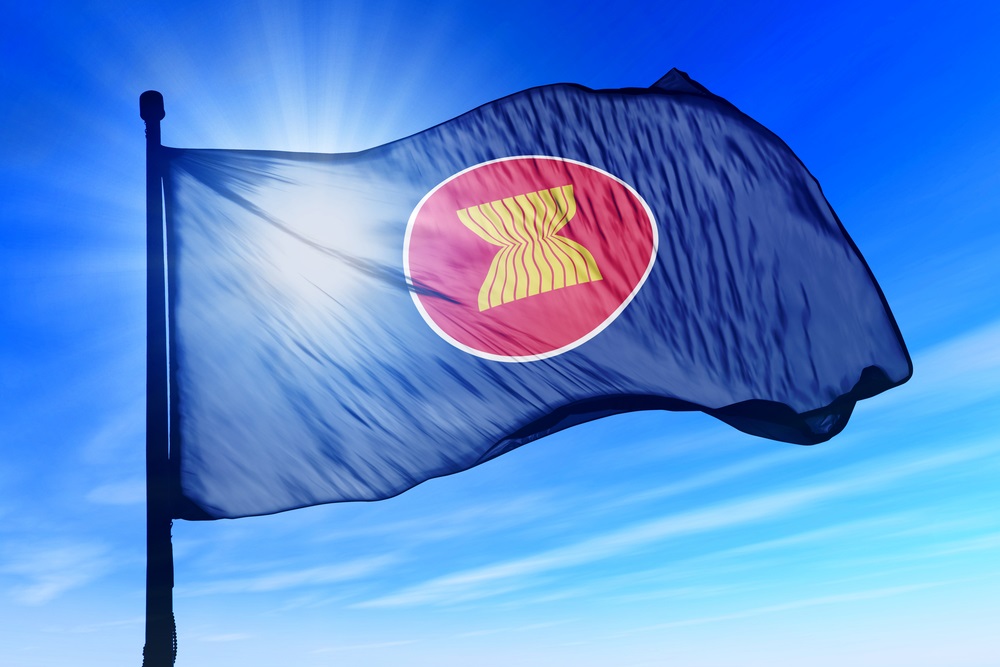What to expect from the future outlook of the organization of Southeast-Asian Nations
The future configuration of the Association for Southeast Asian Nations (ASEAN) was discussed during the group's last two summits, held in Belitung and Labuan Bajo. In fact, the community's vision for the coming years will not be limited to 2035, but will be extended by ten years, to 2045. But what exactly is this all about?
A task force will work on developing and finalizing the details of this vision over the next three years, but what is certain, the leaders announced, is that the strategy will be composed of a balance of pragmatism and ambition. The primary goal is to achieve stability and progress for ASEAN while remaining true to its identity. In addition, both place greater emphasis on the welfare of the people of member countries, emphasizing the strengthening of ASEAN organs and the Jakarta-based secretariat, ensuring fundamental freedoms and human rights, and improving the lives of all ASEAN citizens. Efforts to improve capacity to address existing and emerging challenges while maintaining ASEAN's centrality, among other objectives, are also emphasized. This will also be achieved through active citizen participation, and "bottom-up" consultation processes will be encouraged (especially desired by Indonesia and the Philippines), involving civil society organizations in decision-making.
It was also planned to strengthen the Association's organs and secretariat based in Jakarta. In terms of member countries, on the other hand, enlargement is planned: by 2045, it is expected that ASEAN could potentially include East Timor and Papua New Guinea. The former, since becoming independent in 2002, despite being widely considered a Southeast Asian state and geographically being part of it when it was incorporated by Indonesia, is not yet a full member. Confirming this, the ASEAN states last November voted in favor of East Timor`s "in principle" membership in the Association. As for Papua New Guinea, the island has been an observer in the regional bloc since 1976, before any other non-originating ASEAN member. Its leaders have been pushing for full membership since at least the 1980s, and it is working hard to prepare for integration.
And, why not, if the broader political dynamics warranted it, members from the Indo-Pacific region could also join ASEAN. This, if it happened, would require a substantial increase in the budget. Currently each member contributes the same amount to the latter, unlike the EU model where each state contributes based on GDP. In fact, ASEAN members are determined to maintain the current system of equal contributions and equal voting rights.
The key organs and structures of ASEAN are expected to remain unchanged in the coming decades, preserving the time-honored principles enshrined in the 1967 Bangkok Declaration. These principles include consensus-seeking, non-interference in internal affairs, and rejection of the use of force.
It will be interesting to observe how the Association will manage the challenges and opportunities of the years to come. Certainly, demographic and geopolitical dynamics will change the landscape in which these countries fit, but the organization seems determined to maintain stability and regional centrality while engaging in dialogue and cooperation with major world powers.






